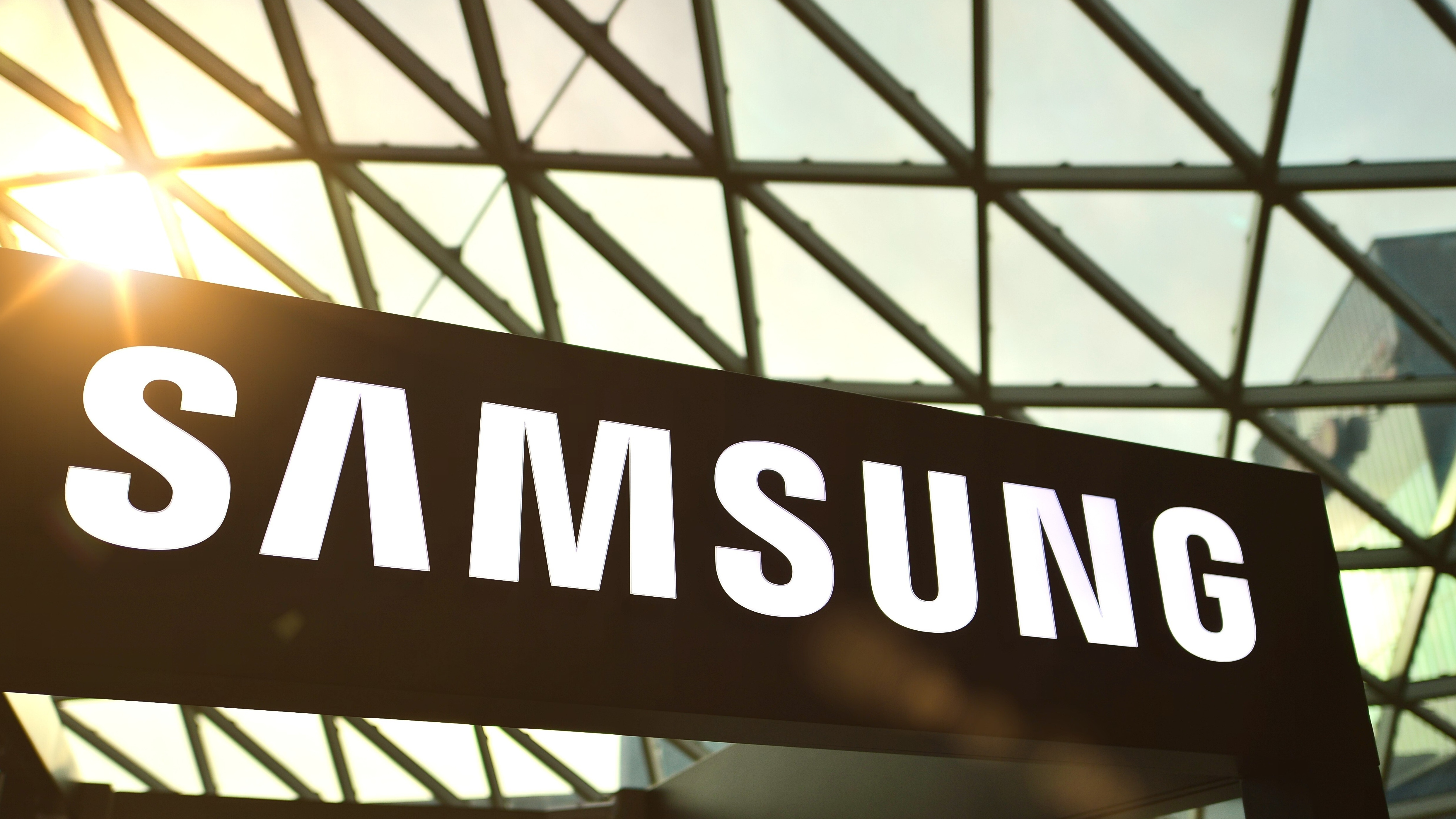
Samsung's board of directors is looking to put serious coin into GPUs this year, though specifics on the spending are yet unknown. Business Korea reports on the "GPU Investment Proposal" first disclosed in Samsung Electronics’ corporate governance report. The investment is likely going towards GPU-based research to improve fabrication efficiency rather than a new Samsung GPU product.
Only just revealed to the public, Samsung's GPU investment proposal was ratified by Samsung execs in a March board meeting. Major players including Han Jong-hee, head of Device eXperience (DX) and co-CEO of Samsung, sit on the management committee, as well as the presidents of the Mobile Experience and Memory Business divisions. This marks the first time since 2012 that Samsung has invested heavily in GPU research.
The scope of the GPU investment is completely unknown, as is Samsung's intent. It is most likely that Samsung's goals in investing in GPUs are to finance GPU-based research into improving its fabrication and manufacturing processes. High-end GPUs are necessary for AI- or machine learning-based research, and AI-based tools such as digital twins and Nvidia's cuLitho software library are powerful ways to improve semiconductor manufacturing efficiency.
A digital twin is a true-to-reality virtual representation of a real-world physical system, exactly modeling real behaviors and actions in, for instance, a semiconductor fab. This digital twin allows fabs to test new manufacturing methods and processes digitally without disrupting real-life workflow. cuLitho is an Nvidia creation, a software library that speeds up computational lithography, a critical bottleneck in the semiconductor manufacturing workflow, from a weeks-long process to a five-day task. Major players like TSMC have already begun using these resources — powered by Nvidia server hardware and software — in production, and Samsung would be wise to jump on these innovations before it is outpaced.
Samsung also completed the construction of its new high-performance computing (HPC) center at its Hwaseong campus in April of this year. As the HPC center pushes to full operation, Samsung continues to fill it with leading-edge servers and network hardware for semiconductor production and research. The GPU Investment Proposal may be funding for loading up the HPC center with top-end graphics cards, either for the above-mentioned research tools or simpler GPU-based compute power.
It is deeply unlikely that Samsung is planning its entry into the consumer graphics card market. The last GPU-related project to come out of Samsung was its Exynos smartphone SoCs with graphics based on AMD's RDNA architecture; Exynos chips have only been seen in European releases of some Galaxy phones. Exynos chips have repeatedly failed to impress, especially on the graphics front, with rumors that AMD may part ways with the Exynos project flying since 2023. Samsung would also stand to gain very little from entering a consumer graphics market which now has three major players, split between Nvidia, AMD, and Intel.







